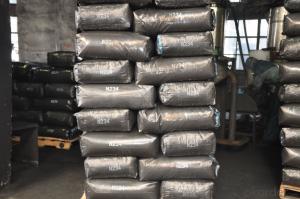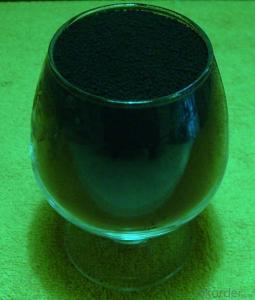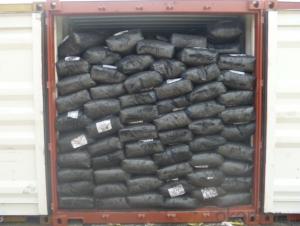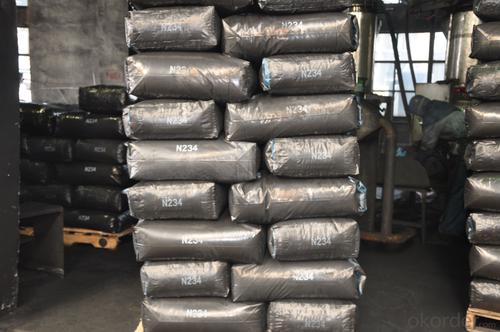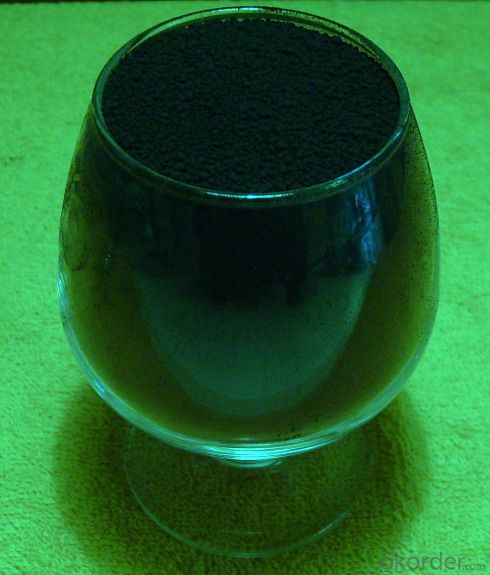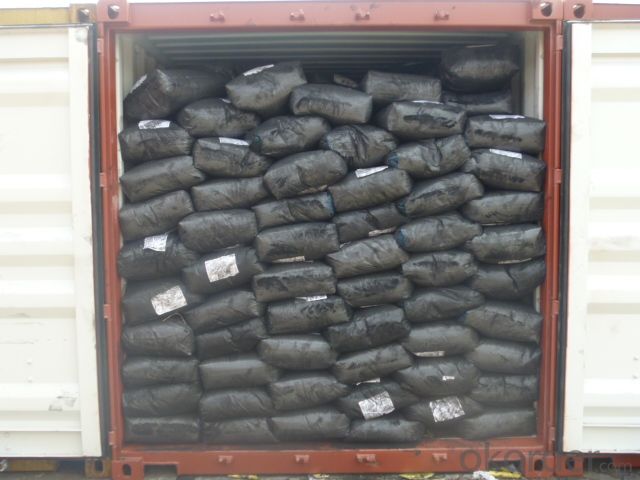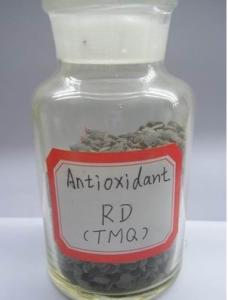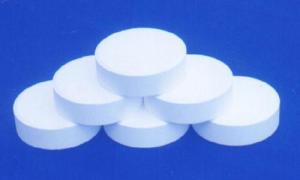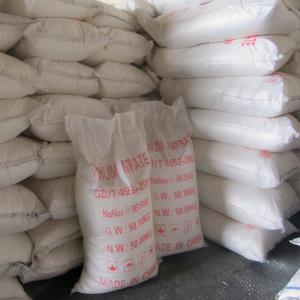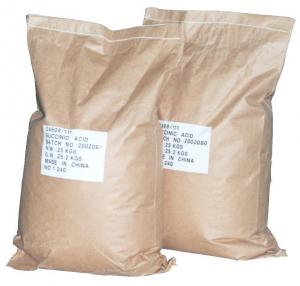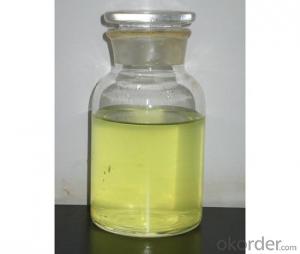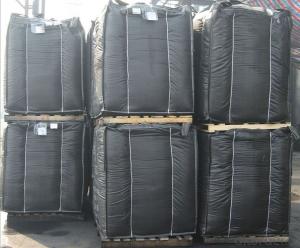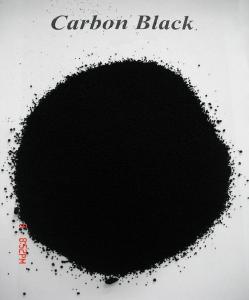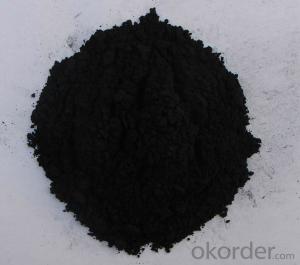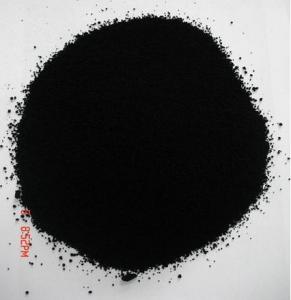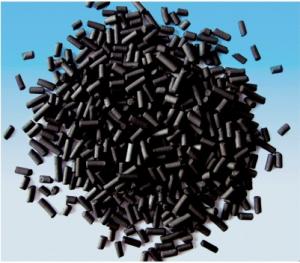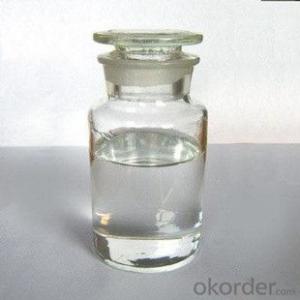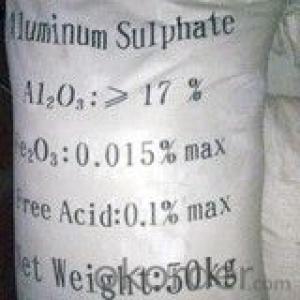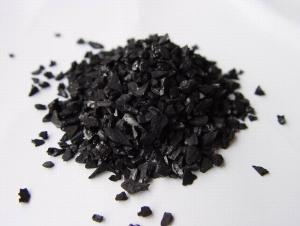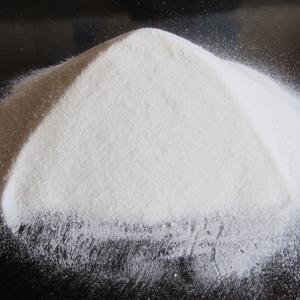Conductive Carbon Black CF(Granule)
- Loading Port:
- Tianjin
- Payment Terms:
- TT OR LC
- Min Order Qty:
- -
- Supply Capability:
- 10000MT m.t./month
OKorder Service Pledge
OKorder Financial Service
You Might Also Like
Conductive Carbon Black CF (ranule)
Product Description:
Conductive Carbon Black CF:
1 Usage : conductive rubber, plastic, radio conductive elements etc.;
2.Product Status: Black granular;
3.Standard: ISO 9001:2000
Suggest for Use:
This product has the low resistance or high resistance performance characteristics, can gift products conductive or anti-static function. Its characteristic is small particle size, specific surface area is large and rough, the structure is high, the surface clean (compounds less), etc.
USES: used for different products, such as conductive rubber, plastic, radio conductive elements etc.
TDS of the Conductive Carbon Black:
Items | Unit | index |
Dubigeon(cm3/g) | cm3/g | 3.5-4.0 |
Resistivity(Ω·m)≤ | Ω·m | 2.5-3 |
PH |
| 7-8 |
purity(%)≥ | % | 100 |
Oil Absorption(ml/100g) | ml/100g | 220 |
Iodine Absorption(㎡/g) | (㎡/g) | 295 |
Heating loss%≤ | % | 1.5-2.0 |
Ash %≤ | % | 2.0-3.0 |
Semolina %≤ | % | 5 |
Hydrochloric acid to absorb ml/g≥ | ml/g | 4.0 |
Safety:
As a matter of good industrial hygiene, gloves and safety glasses with side shields or better eye protection should be worn when handing Carbon Black , For more information, refer to the MSDS.
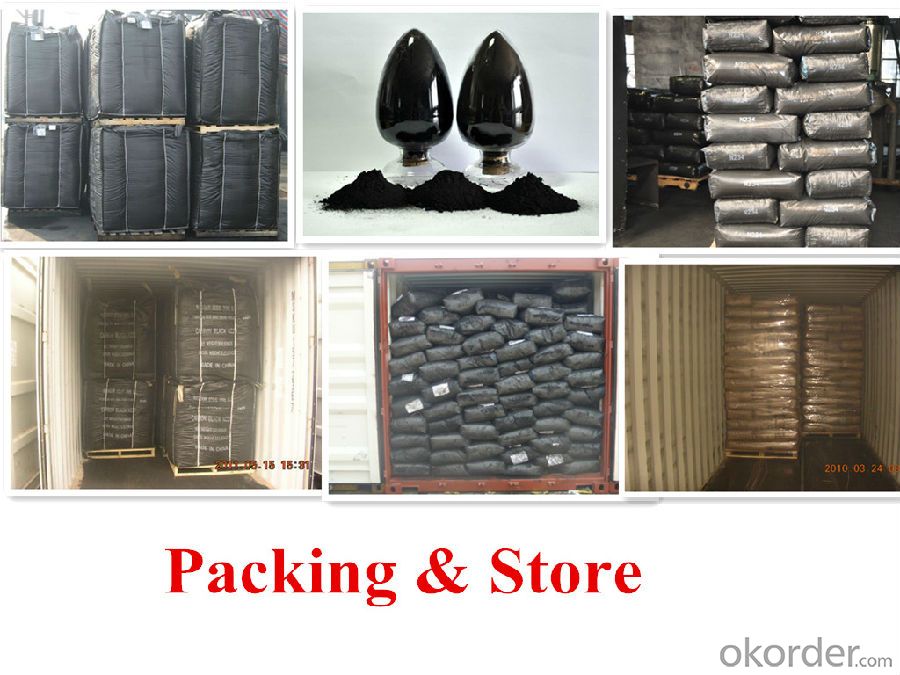
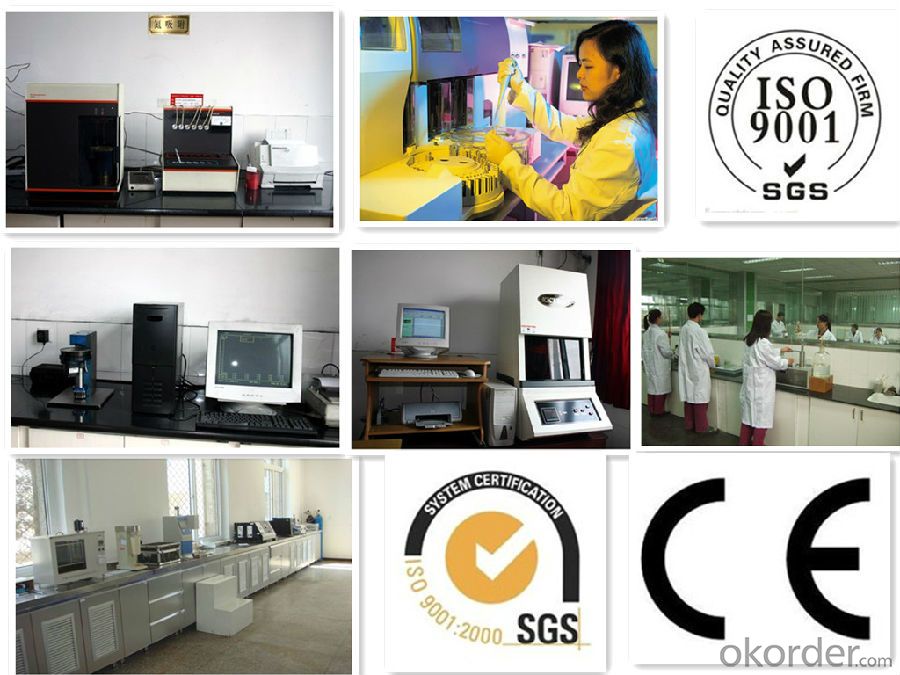
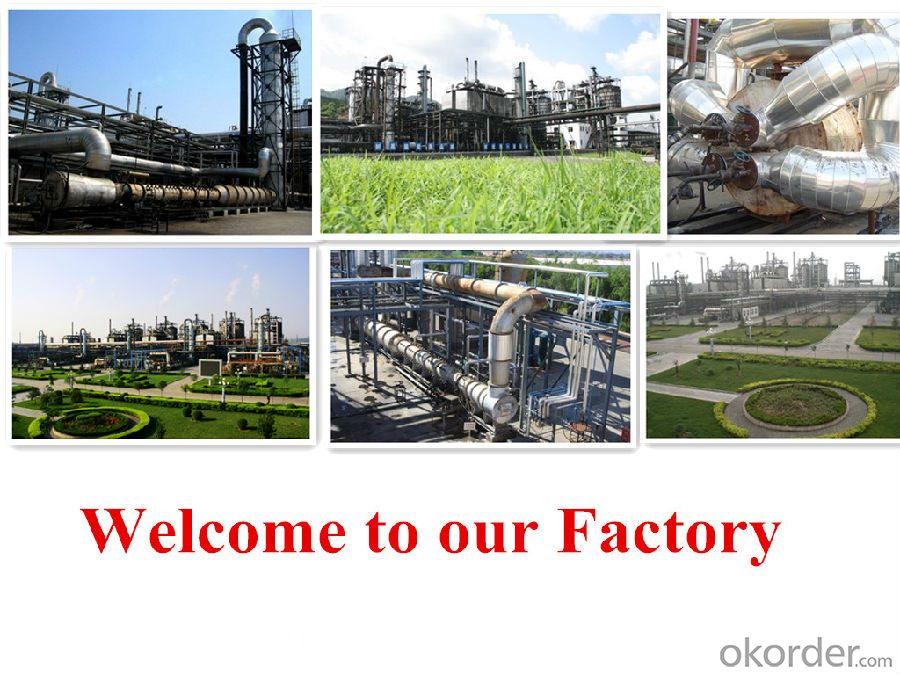
- Q: Have you Read it ? If SoCan You Think Of Any Good Group Discussion Questions ?
- Discussion and Essay Questions What is a catalyst? Who are the catalysts in this book? Why? What is Kate running from? How did she get lost (literally and figuratively)? Why does Kate hate English class? What are some of the myths surrounding the college application process? About high school? About kids like Kate? Kids like Teri? Find the list of vocabulary words given out for homework in Kate's English class. The author deliberately chose them. What is their significance? Why do authors do things like that? Does this make you hate authors? (joke... just wanted to see if you're paying attention) Discuss these image systems (symbols) found in the book: a. chemistry b. periodic table c. vision/sight d. movement vs. being stuck e. electricity What examples of safety awareness and danger can you find? How are they connected to each other? Make a list of all the elements and chemical terms used as chapter headings in the book. Explain how the chapters headings refer to the action with each chapter. Find the hints of Alice in Wonderland in the book. How does the story of Alice's journey reflect Kate's? Catalyst takes place in Merryweather High School, also the setting for Speak. What connections link the two books? How is food used in this book? Why don't we learn more about the life of Teri Litch (hint: examine the book's POV) How is Kate's relationship with her father? Why is it that way? Does it change over the course of the book. (Give examples for each answer.) Discuss the role of religion in this book. What does Kate believe in? Teri? Mitchell? How and why does Kate's relationship with Teri change after Mikey's death? Why are the three sections of the book labeled Solid, Liquid and Gas? Who is the most important character in this book? Why? How do the characters in Catalyst deal with defeat?
- Q: Which branch of chemistry or what specialty can study the catalyst
- Inorganic Chemistry: Preparation, Synthesis, Structure and Catalytic Reaction of Inorganic Catalysts and Catalyst Carriers
- Q: The catalyst before and after the reaction of the quality and nature of the same, does it mean that a little catalyst can be all the substrate reaction? Such as: one gram of MnO2 can reflect the infinite H2O2?
- Catalyst before and after the reaction of the same quality,
- Q: What is catalyst in Science?
- A catalyst is a substance that increases the rate of a reaction by decreasing the activation energy (energy required to start the reaction). It does so by creating a new reaction mechanism (the way the reaction happens on a molecular level) that happens more easily and with less energy. For example, a catalyst could attract both reactants, thus bringing them directly together and facilitating the reaction.
- Q: What are the requirements for the catalyst for the chemical industry?
- Generally find a few, according to the cost and cost of cost, choose cost-effective
- Q: Horseradish enzyme catalyzed Luminol chemiluminescence reaction
- Disinfectant ah ~ bleach ah ~ ~ take this kind of thing to wash the blood once something can interfere with Lumino identification. So that want to do bad things must be a good plan. Lumino in the presence of copper, copper alloy, horseradish or some bleach in the presence of fluorescence. So if the scene of the crime was bleached
- Q: Will the catalyst change in the chemical reaction?
- In fact, there are two kinds of catalyst mechanism, one is not a chemical reaction, the reaction did not occur throughout the chemical reaction, the catalyst did not change; one is involved in the reaction process, but the final production of the catalyst, which The class reaction generally occurs in a stepwise chemical reaction.
- Q: How does active charcoal catalyze in some chemical reactions?
- Activated carbon is generally in the catalytic reaction to do more carriers, has not yet seen its catalyst to report.
- Q: It's a GCSE Chemistry questionI just need to know why there are so many
- Many important chemical reactions require inputs of energy to proceed. If a catalyst is present less energy will be required to complete the reaction. Catalysts are substances that are mixed in with materials that are to be reacted, but they themselves do not, in the end, change chemically. They establish a local environment that promotes one or more chemical reactions to take place. A catalyst is important in many industrial processes. Sulfuric acid, which is used to produce batteries, detergents, dyes, explosives, plastics, and many other produces, is commonly produced using a catalyst called vanadium oxide. Ammonia, a primary component of many fertilizers, could not be produced economically without the use of iron oxide which speed up the reaction. The process of catalyst also affects the state of our global environment. Automobiles use catalytic converters to treat exhaust. The metals platinum and palladium facilitate the chemical conversion of noxious gases to more inert forms, greatly decreasing the environmental impact of combustion engines. Probably the most important impact of catalyst is on life itself. All important biochemical reactions are catalyzed by molecules called enzymes. Most enzymes are proteins which catalyze specific reactions within cells. Some examples include polymerases, which synthesize DNS and RNA, peptidases, which digest protein, and ATP synthases, which produce energy for the many different cell activities.
- Q: Can the catalyst be a reactant in chemistry?
- In general, a catalyst is a substance that participates in the intermediate process of chemical reaction and selectively changes the rate of chemical reaction, and its quantity and chemical properties remain substantially constant before and after the reaction, and the catalyst is usually accelerated to Reaction as soon as possible to achieve the role of chemical balance called catalytic role.
Send your message to us
Conductive Carbon Black CF(Granule)
- Loading Port:
- Tianjin
- Payment Terms:
- TT OR LC
- Min Order Qty:
- -
- Supply Capability:
- 10000MT m.t./month
OKorder Service Pledge
OKorder Financial Service
Similar products
Hot products
Hot Searches
Related keywords
